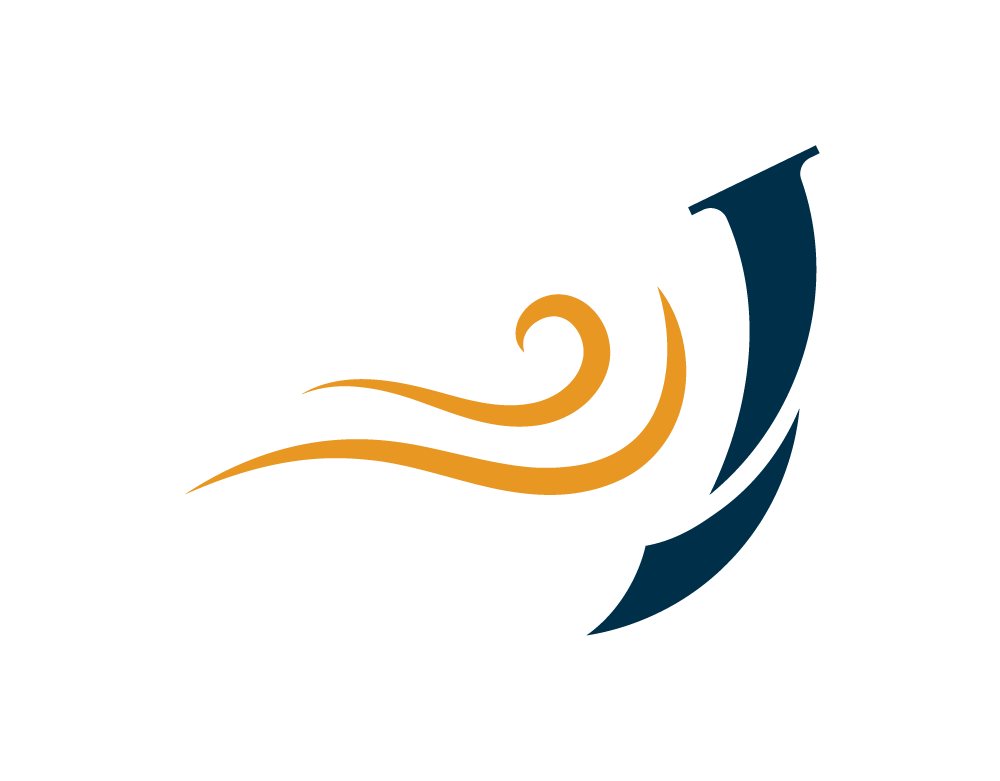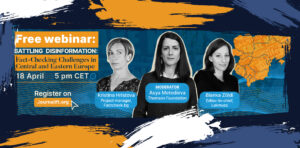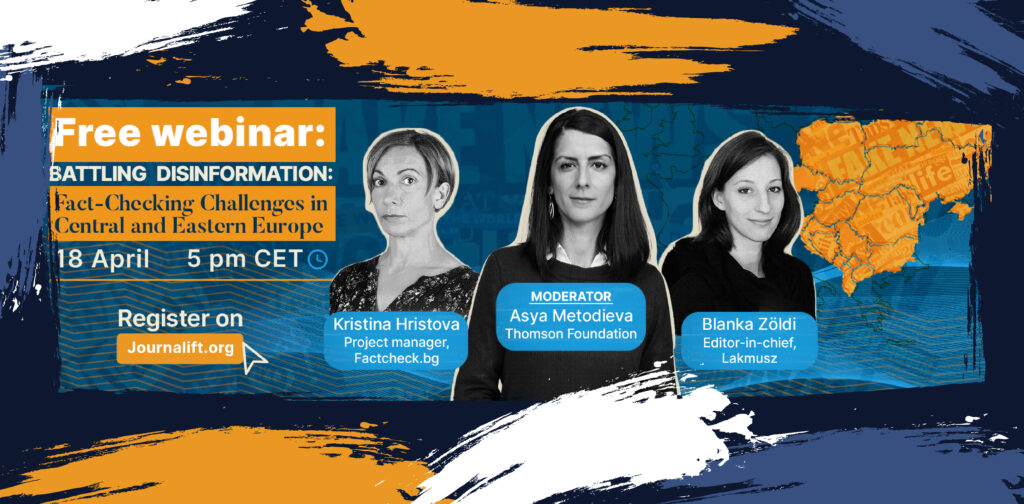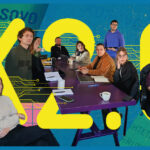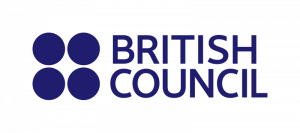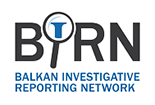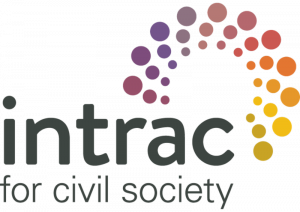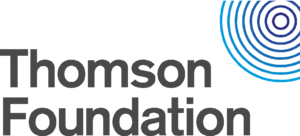Head of Audience Development is an important role at the intersection between the editorial and all other teams in the organisation. This person is managing a team responsible for creating a distribution strategy across multiple platforms – SEO, social media, newsletters, and more – to grow the product’s audience.
They define measurement and testing strategy in cooperation with the analytics team and identify opportunities for a content strategy with the editorial team. The Head of Audience Development also collaborates with other teams on improving subscription and membership platforms and enhancing strategies to drive readers to subscribe or become members.
Finally, they constantly support editorial teams in implementing these strategies, advise on day-to-day enhancement in their work, and keep them up to date on the peculiarities of different platforms.
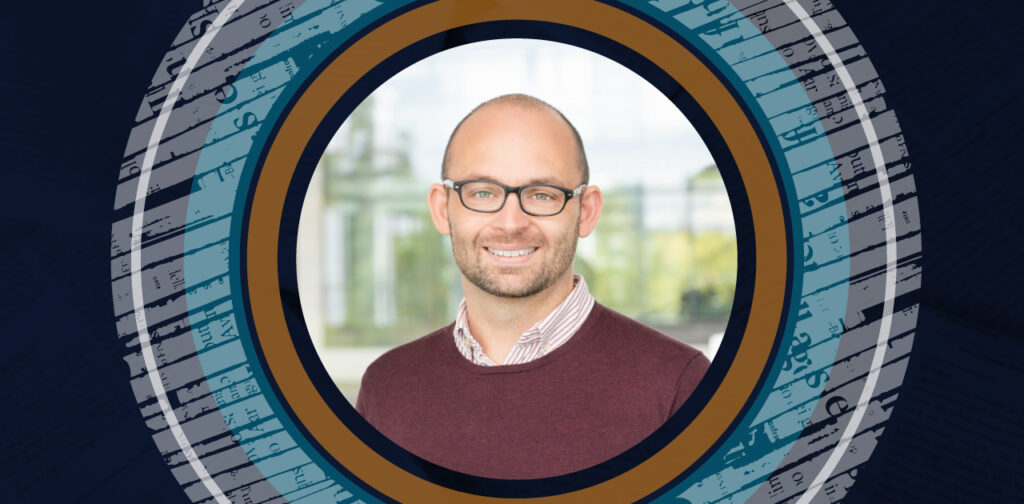
What the Audience Development team in Deutsche Welle does?
Deutsche Welle (DW) is a German public international broadcaster funded by the federal budget. It works in 32 languages with newsrooms in dozens of countries and includes satellite television, radio and online content.
Sebastian Katthöver, Head of Audience Development at Deutsche Welle, has a team of seven specialists and two student interns.
- Two team members are SEO experts working with the website and also trainers. They run audits, help teams make the content more searchable, and report to the leader about targets and goals around this. Their job extends to helping newsletter and podcast teams in DW.
- Other people reporting to Katthöver are responsible for different social media. Their job is to monitor the platforms’ changes, look into how to grow DW’s audience there, and convince specific editorial teams to make certain changes in their work – for instance, they suggested that YouTube channel DW Planet A launch a TikTok account because environmental topics rose on the platform last year.
This team of seven works across all 32 DW languages. This October, the organisation’s social media gathered more than 915 million views. But, as Katthöver points out, his team lacks the resources to closely work with every language team across DW at the same time, so they assess their potential in different markets and choose the newsrooms to work with based on that.
Usually, the team has a plan on which newsrooms in other languages to work with in the foreseeable future. Additionally, it also organises monthly knowledge exchange sessions accessible to everybody in the DW. At this exchange, the team shares trends on social media, best cases, and new tools with journalists. Katthöver says that more than 800 people access it regularly, while about 3,000 people are working in the DW.
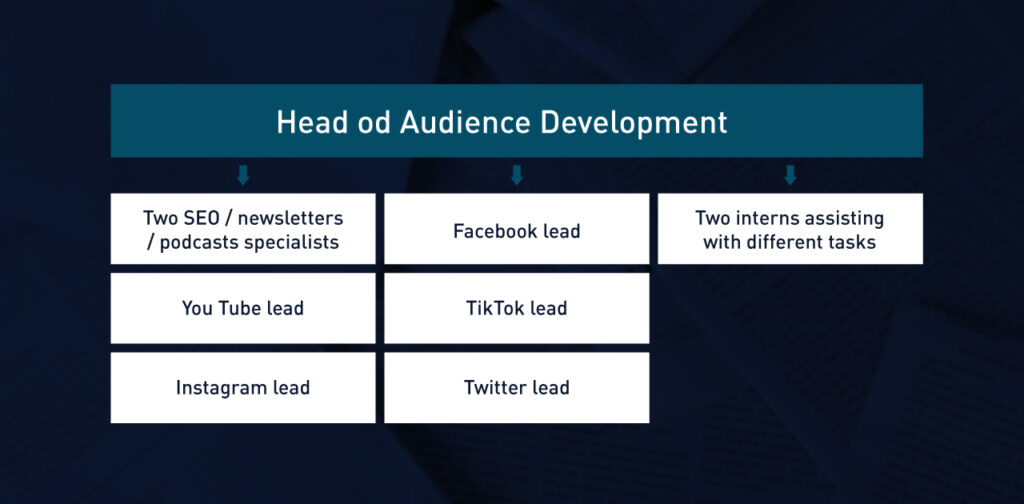
Roles of the Head of Audience Development and his usual workday
As a Head of Audience Development, Sebastian Katthöver optimises the strategy on all the platforms his team works with, including journalists’ personal accounts on social media. His team’s main task is to bring audience growth to the organisation’s editorial team.
“My role is to be the hinge between all the different teams in a media company. I try to be the problem solver when things are stuck; I try to talk to the parties involved and try to find a solution”, shares Katthöver.
Usually, he continues, the team members should be able to solve everything themselves. Though sometimes, convincing some editorial team leaders to make specific changes may be challenging. This is where Katthöver steps up, creating a strategy for persuading this person, collecting the arguments, and reaching out again.
Katthöver gives an example of how it happens: “We have been in very close contact with our Persian team for the last months, and we’ve been discussing with them intensely [how] to increase their postings on Instagram. My Instagram expert and I argued with a lot of data we collected that posting multiple times per day is better for algorithms and the competition. And when the demonstrations in Iran started, there was finally the day where they agreed to implement the changes.”
As a result, the DW Persian account monthly video views have more than tripled in the recent months – due to increase of posts and due to increased interest in the region after the beginning of the protests. However, Katthöver points out that it is still behind some competitors (some of them are BBC Persian, Radio Farda or Euronews Persian), whom the team monitors very closely in their daily work.
Another example of Katthöver’s everyday work would be assisting his team members in fixing the issues like copyright strikes on YouTube. “There is my YouTube lead, and he might need assistance from me to basically moderate between the editorial team, who is in panic, and the platform”.
Overall, the Head of AD doesn’t have a “typical day”. Instead, it usually consists of unpredictable things, fixing issues, and communicating with editorial teams – either they request advice or the Audience Development team approaches them with ideas.
Difference between Audience Development and Audience Engagement
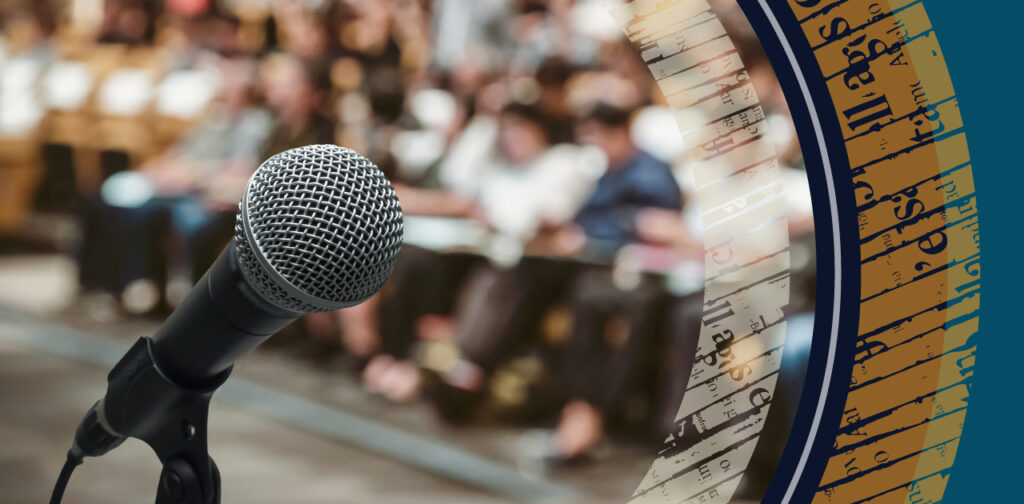
Katthöver explains the difference between Audience Development and Audience Engagement, another familiar team name in media companies. He says that his team is more “like a supportive, coaching, advising team” while engagement experts work in all editorial teams. “Our role is to advise and to network with them. We bring them together, try to convey knowledge, and they are the ones who actually bring it into the product”, explains Katthöver. For example, engagement specialists in English work on headlines and SEO and communicate extensively with SEO experts from the Audience Development team.
Who does the Head of Audience Development report to
Katthöver reports to Manuela Kasper-Claridge, the editor-in-chief of the DW. As he points out, it is helpful to have her support when trying to implement changes in the daily editorial routine, like making the articles more SEO-optimised.
Most exciting and challenging parts of the job
Asked about the most exciting part of the job, Katthöver replies, “Every day is different”. The environment is unstable with “Elon Musk tweeting and something about Twitter changing every 15 minutes”. Katthöver explains that his team is the one that conveniently brings new information into newsrooms to help them adjust. “And maybe what I like about this is it’s not an easy job. You have to convince people, you have to work closely with them, but also respect their expertise and hear from them what they think. And you have to figure out the right way”.
In comparison, achieving the last 20% or 30% of the goal is the most challenging thing. As Katthöver explains, very often he works with things that are easy to optimise – for instance, “selling” or packaging content. However, things like changing the strategy of an account are more difficult, but the team needs to do both things to achieve a 100% result. So, the challenge is to convince people to go “one step further, even if it feels very inconvenient.”
Advice for those who want to work in Audience Development

For those seeking a job in Audience Development, Katthöver recommends trying internships, including internal ones, which are common in big organisations like DW.
Another piece of advice is to stay open to what data tells. “We try to make every recommendation to editorial teams based on certain data. It shouldn’t be a gut feeling,” says Katthöver.
What to read if you are interested in Audience Development:
- Barry Adams’ newsletter on SEO
- Matt Navarra on social media
- Anita Zielina on digital product management in media orgs
Katthöver also advises finding newsletters covering your region or language and subscribing to people you find inspiring, to people who work “in digital products or digital product management who are driving digitally first publications”, and to channels and brands who are digitally first managed and operated.
Disclaimer: This article was originally published on The Fix Media.

